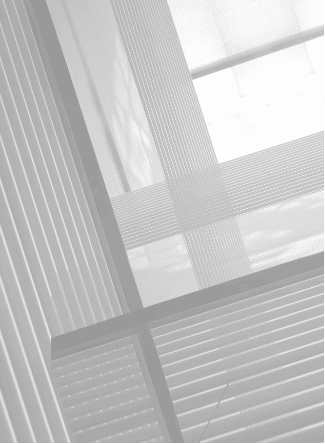Many people are hesitant to get a facelift (rhytidectomy) because they are afraid that they will no longer look like themselves. But thankfully, the old Hollywood cliché of the tight-faced, pulled-back, artificial-looking facelift that was your grandmother’s facelift is a thing of the past.
In recent years plastic surgery techniques have evolved rapidly.
Previously, facelifts only pulled back the loose or sagging skin. Today’s facelift techniques work much deeper by actually lifting the underlying tissues and muscles under the skin upwards – rather than just back, resulting in a more natural-looking and longer-lasting result.
Today’s facelift is also as much about restoring lost volume due to aging, as it is about lifting. Fat Transfer or Fat Grafting as it is also known, is a very significant part of today’s facelift procedure and involves harvesting your body’s own fat and using it to restore facial volume while lifting your face.
Today’s facelifts are tailored to your needs and desired results.
One of the most significant improvements in facelift procedures is the understanding that there is no “one size fits all” to having your face lifted. These days we take a completely customized approach to your facelift. Everyone’s face is 100% unique and individual and a facelift must therefore also be fully customized to each individual’s desired results and facial features. Therefore your plastic surgeon needs to be as much an artist with a keen eye for the aesthetic, as he is a surgeon, to ensure that the end result is a natural looking one.
Today’s facelift techniques are a great improvement on the past, with many benefits including:
- Improved recovery and healing
- A more natural-looking result that enhances your existing features
- Significantly longer-lasting results: 10-15 years depending on your procedure
Facelift techniques that we use and recommend:
There are several different types of facelifts available today. A good plastic surgeon will take the time to ask you about your desired results, listen to your concerns, and then make recommendations for a procedure that is right for you.
The different types of facelifts reflect the type of incision, the level of invasiveness and the area of the face to be lifted. We usually utilize one of the following two facelift techniques:
SMAS Lift
There is a facial layer known as the Superficial Musculo Aponeurotic System (SMAS) that consists of ligaments that hold cheek fat, and therefore the cheeks themselves in their normal position.
The SMAS or Deep Plane face lift is ideal for those with sagging jowls, mild to severe skin laxity, and/or mid-face sagging. One of the biggest benefits of this type of face lift is it has longer-lasting with effects – lasting about 10 to 15 years with fewer revisions.
The procedure works by re-suspending and then re-securing the SMAS layer. This rejuvenates the face by counteracting skin laxity caused by aging and gravity.
During the Deep Plane face lift, your plastic surgeon separates the skin from the Superficial Musculoaponeurotic System (SMAS) layer. He then works in underneath the layer to release attachments, allowing him to literally “lift” the layer and its’ accompanying skin, to a more natural and youthful position.
The SMAS system is then tightened with sutures, and any excess or redundant skin is removed and remaining skin is stitched closed.
What to know more about facelift or necklift procedures? Call our office in Downtown San Francisco:
To make an appointment with Dr. Deschamps-Braly, please contact our San Francisco office +1.415.624.3922.
Dr. Deschamps-Braly is a board-certified plastic and craniofacial surgeon specializing in facial plastic surgery, orthognathic (jaw) surgery, and craniofacial surgery for adults and children. He is also one of the world’s foremost leaders and innovators in facial gender confirmation surgery.



